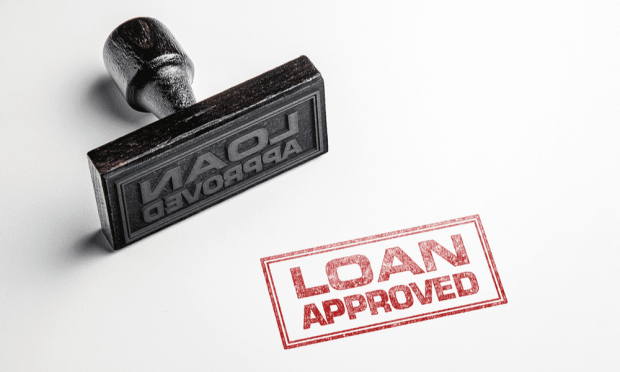SMB Satisfaction With Alt Lenders Wanes

Might banks be making inroads into the hearts and minds of smaller firms as they seek out capital – as some SMBs cite at least some dissatisfaction with non-banking lending conduits?
The recent 2018 Small Business Credit Survey from the Federal Reserve Bank of New York noted that, compared to 2017 figures, more than 6,600 small businesses had increased capital demands last year – and found a bit more satisfaction with traditional lending partners.
The Fed data, through collaboration with 12 Fed banks, found that 43 percent of surveyed companies surveyed said they had applied for financing in the last 12 months (up from 40 percent in 2017), and of those, nearly half (47 percent) received the full value of what they sought. Drilling down a bit further, about one third sought financing from online lenders in 2018, up from 24 percent in 2017.
In terms of the actual lending, 57 percent of SMB respondents to the Fed queries said they sought $100,000 or less from lenders, and 19 percent sought between $100,000 and $250,000.
Beyond those headline numbers – and the aforementioned market share that online lenders grabbed in offering up loans, lines of credit and other debt – the data also showed that fewer of these smaller loan applicants said they were dissatisfied with the wait times and application processes seen at banks. The percentage of applicants who said they were dissatisfied by a long wait for a decision and funding from larger firms with at least $10 billion under management slipped to 26 percent in the latest reading, from 33 percent in 2017. The tally was also down at smaller banks, at 20 percent in 2018, which compares favorably to the 25 percent in 2017. Yet the same dissatisfaction parameters actually grew at non-bank online lenders to 12 percent in 2018, up two percentage points from 2017.
Looking at the application process, 23 percent of applicants said it was difficult at larger banks, down from 28 percent in 2017. Roughly 15 percent of SMBs said smaller banks had difficult application processes in place compared to 24 percent previously – and for non-bank online lenders, the tally jumped year on year to 15 percent, from 10 percent in 2017.
Interest rates were cited as a source of dissatisfaction for 19 percent of applicants to large banks, down a percentage point, and a bit higher at smaller banks (12 percent in 2017 and 14 percent in 2018). Dissatisfaction was well-entrenched with online non-banks when it comes to interest rates: 53 percent from 52 percent in 2017.
Approval rates were up across all channels, to 82 percent for online lenders from 75 percent in 2017, to 71 percent from 68 percent for small banks, and to 58 percent in the latest reading for large banks, up from 56 percent in 2017.
It turns out, too, that application satisfaction is consistently highest at small banks, said the Fed, at an overall 79 percent versus, say, 49 percent for online lenders.
The data may run contrary to at least some observers’ expectations that online lending has been making insurmountable strides against traditional banking relationships.
In addition, the relatively higher online lending rates come against a backdrop of what we might term a bit more caution about non-traditional lending. The Fed found that medium- and high-risk credit applicants were more likely than low-risk applicants to apply to online lenders, at 54 percent of those applicants compared to 41 percent for small banks and 50 percent for large banks.
As reported in this space, some alarm bells have been sounding about lending. Shadow banking is now a $52 trillion industry, where assets under management across structured investment vehicles – FinTech and the like – have jumped by 75 percent in the last decade, and where the U.S. holds 29 percent of that asset base. JPMorgan CEO Jamie Dimon has warned against risks tied to the sector. And reports came last week that some online lenders – including those who lend to consumers but also corporate borrowers – are eyeing signs of a recession even as their business models remain relatively untested.
Separately, at a hearing on Capitol Hill earlier this month, CEOs from seven of the biggest banks in the U.S. said that in the decade since the financial crisis, the overall financial picture has improved – which, of course, is a springboard to stronger corporate lending. As noted in questioning from lawmakers focused on small business lending, banks have accounted for only 25 percent of lending to those firms, according to stats cited at the hearing. During one exchange, Bank of America CEO Brian Moynihan spotlighted a $36 billion small loan portfolio at his bank, with loans under $1 million in size “a major business for us … we are heavily involved in small business” across nine million businesses directly.
